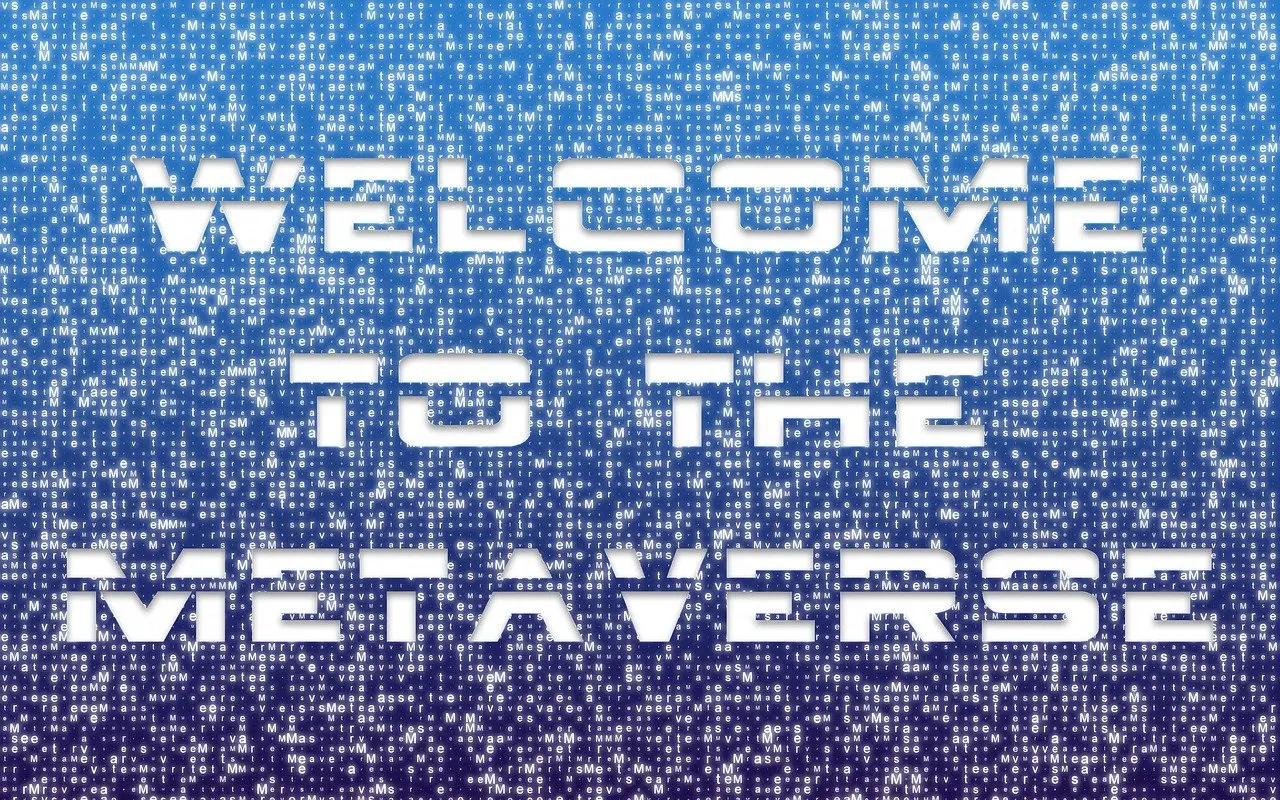There are hundreds of blog pieces out there explaining the value of having a great e-commerce website. They discuss how great e-commerce websites are well-laid out and well-designed. The blogs also speculate that good websites have bold headlines that capture a reader’s attention and easy navigation so that users are more likely to spend time on the site.
Websites can have a positive net effect on converting a visitor into a customer. And the truth is that they can also have the negative effect of turning off a user. This negative effect can happen for a variety of reasons. A messy landing page that is confusing and frustrating to navigate is a common reason.
But a very undervalued aspect of an e-commerce website is the quality and layout of product and service descriptions.
Because in many instances, visitors will only give a website about a minute to grab their attention. If the product descriptions on that page are dull and do not give readers a full idea of what they can expect to receive, the engagement battle to win that visitor’s trust is lost.
So as e-commerce business owners evaluate their existing website, it is vital that they take a close look at their product descriptions to see if they are as effective as possible. And with that in mind, here are a few ways business owners can improve their product descriptions.

Create original product descriptions
One of the things that people can immediately spot when they look at a photograph on a website is whether it is a stock image or whether it is an original image that was taken specifically for the site.
Images are a fantastic way to legitimize a website if they related directly to products and services. But generic pictures immediately signal to visitors that the website (and the company) is not concerned enough with quality to offer genuine photos.
And that is the exact reason why your product descriptions need to be original instead of copied from a manufacturer’s handbook or guide.
When visitors read a description that is generic, all they take away from that description is the function of that product or service. Visitors want companies to give them a reason why they should invest their time and money into buying something other than what they already know about the product or service.
Here are two reasons e-commerce businesses should avoid manufacturer’s descriptions:
- It is not interesting to read. Business owners must remember that they are competing with thousands of other websites to attract and keep a visitor’s attention. A sure-fire way to bore a visitor and make them go to another site is to force them to read boring, “canned” descriptions that are clearly from a manual.
- It affects your SEO ranking. Posting generic product descriptions will also affect an e-commerce site’s SEO ranking. That company will likely have the same descriptions that competitors in their industry are using, which means lots of duplicate content. Search engines like Google penalize sites that have duplicate content and much prefer sites that have original content with keywords that are highly relevant to the products and services the business offers.
Explain the benefits
So the question many business owners have is just how they should go about creating original product descriptions.
One of the most effective ways to create original product descriptions is for business owners to put themselves in the mind of visitors to their website who will often ask this question: “What is in it for me?”
The product description should not just explain what the product or service does; it should explain how that product or service solves a problem for the potential customer or satisfies a want or need.
For example, instead of writing that a new smartphone has geolocation services, a better description could be, “This smartphone’s patented geolocation lets you know your exact coordinates, which helps you make your way around town. More importantly, it helps you pinpoint the exact location of a loved one in the event that they go missing.”
The description above provides a feature of the smartphone but ties it into something emotional – the idea that if someone the prospect buyer loves has lost his way, the smartphone can provide comfort and reassurance because it can help locate that person.

Use specific language to provide clarity for visitors
Product descriptions that are generic are usually generic because they use language that is not specific.
Why is that important? Because visitors who come to a landing page are not looking for reasons to buy; they are looking for confirmation that they should not buy. Confused? Put another way, many visitors – including those who arrive at a landing page after making a specific search inquiry – are usually not certain that they are going to buy something on that website.
So the challenge for business owners is to overcome that hesitation and provide as many reasons as possible to convince a visitor to make a purchase.
And some of the biggest causes of buyer hesitation come in the form of these questions:
- How will the product/service work?
- What does it look like in real life?
- What size is appropriate for my needs?
- How/when will product ship or service be available?
- What is the return policy if product/service does not match my needs?
But by using specific language and specific images in their product descriptions, business owners can answer every one of these common questions that are barriers for customers to make a purchase.
Add a video demo and a size chart
Adding a quick video demo will help answer the first question about how the product or service works. Including detailed, high-definition images that have 360-degree views will answer what the product looks like in real life.
Adding a sizing chart is an ideal way for visitors to make quick comparisons and decide on the size that matches their needs. On the other hand, having a detailed shipping and return policy and all the options a customer has for both provides comfort and security about the ordering process.
For example, part of a product description could read:
“This smartphone has a one-inch depth and is 8 inches in height, about the same size of an average paperback novel. If you order before midnight, it will ship on the same day and arrive at your doorstep either the next business day if you choose one-day shipping, or within two days if you choose standard shipping. If you are not satisfied with the product for any reason, you have 30 days to return it in the prepaid envelope we provide and receive a full refund or exchange it for an item of equal or lesser value.
The description provides specific language such as “order before midnight,” and “30 days to return” that answers common questions and provides reassurance to a buyer that the company will stand behind its product.

Use compelling titles and relevant keywords
E-commerce business owners should get in the habit of thinking of product descriptions as an essential part of their content.
In doing so, they will better understand the importance of using compelling opening titles for their descriptions as well as relevant keywords that tie directly to their products and services.
What are compelling titles in product descriptions? They are titles that grab a reader’s attention and makes them read that content.
To illustrate, read the two product description titles below, and choose which is more effective.
“New smartphone with features we know you will love,”or “The smartphone with 24 hours of continuous battery life, 3-D video recording, 18-K gold frame and two-year, send-it-back-for-any-reason return policy.”
The second product description title gives readers details that make the phone a must-have. It also sets up the rest of the description by highlighting the best features.
It is important to remember that product descriptions are not selling a product; they are selling the experience of having that product, and that is why titles must showcase how that product or service will create an experience for a prospective buyer.
But it is also important to remember to vary the relevant keywords in product descriptions. Using the smartphone example, it is advisable to find alternative words to the word “smartphone,” so that search engines do not downgrade a site for keyword stuffing.
Google’s Keyword Tool can help business owners find popular keywords based on whatever word or phrases they type into the search box.
This can help professional copywriters use relevant keywords in a harmonious way throughout the product description.
Use power words to compel a purchase
Using words that stir emotions within your audience and inspire them to connect to your product can greatly increase the likelihood that they will click the “add to cart” button.
These “power words” do more than just describe the physical aspects of your product. They describe the emotions your product can elicit from your customers. They make your product descriptions come to life.
Think of power words as an upgrade to the adjectives you are already using. Instead of “best,” try using “elite.” Instead of “easy,” try “painless” or “effortless” — you get the idea.
A good way to find inspiration for your product descriptions is by typing your basic word into the online thesaurus and finding a better word to replace it with.
Product descriptions are a key part of e-commerce content
By now it has probably become clear how important product descriptions can be to the success of an e-commerce site. The truth is that attracting visitors to a website is only half the battle. If those visitors do not buy a product or service, then a business has lost a valuable opportunity.
That is why product descriptions with high-definition, 360-degree images, original content, clear specific language that anticipates and answers common questions, and titles and keywords that tie directly into the experience of using the product are all effective ways to entice, excite and ultimately persuade visitors to become customers.
Need help?
If you have a content marketing program or are planning one, download our e-book “100 Mistakes Businesses Make When Starting, Optimizing and Scaling Content Marketing Programs.”
This e-book will walk you through the mistakes of hundreds of other companies and the challenges they faced in implementing their content marketing programs. To learn more about how Tempesta Media can help you streamline your content creation process and deliver quality content at scale, contact us today.










